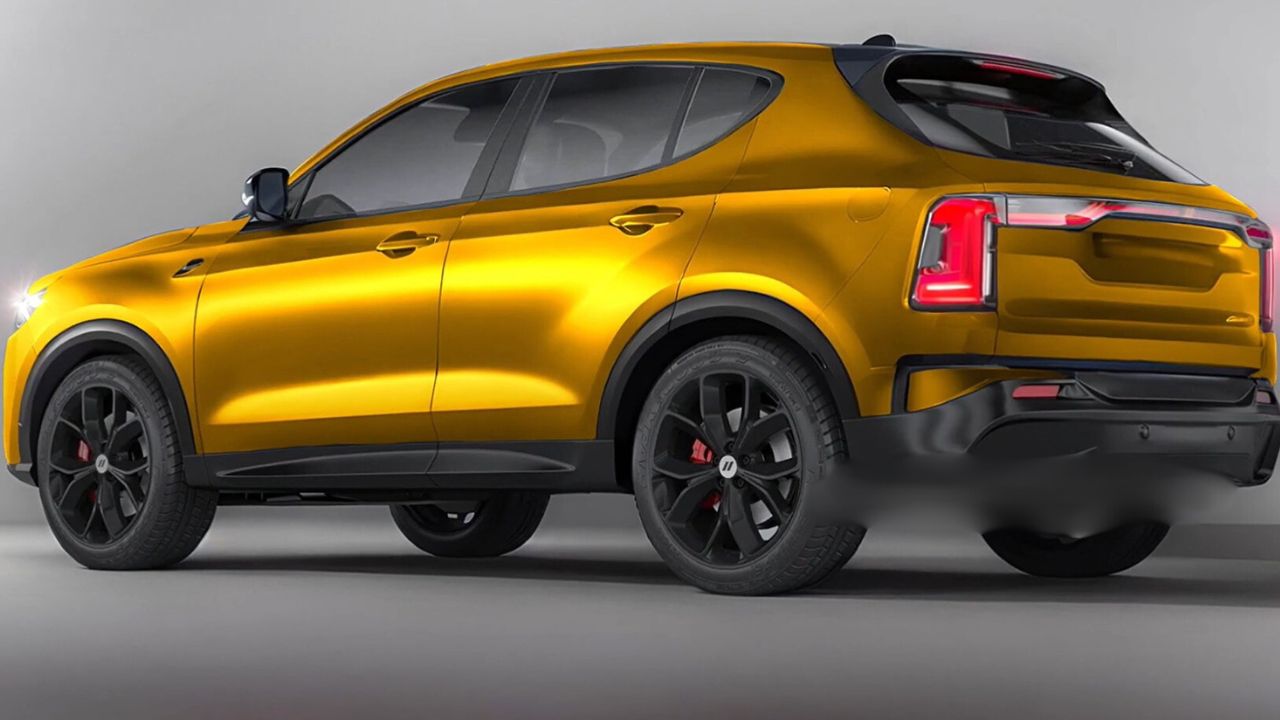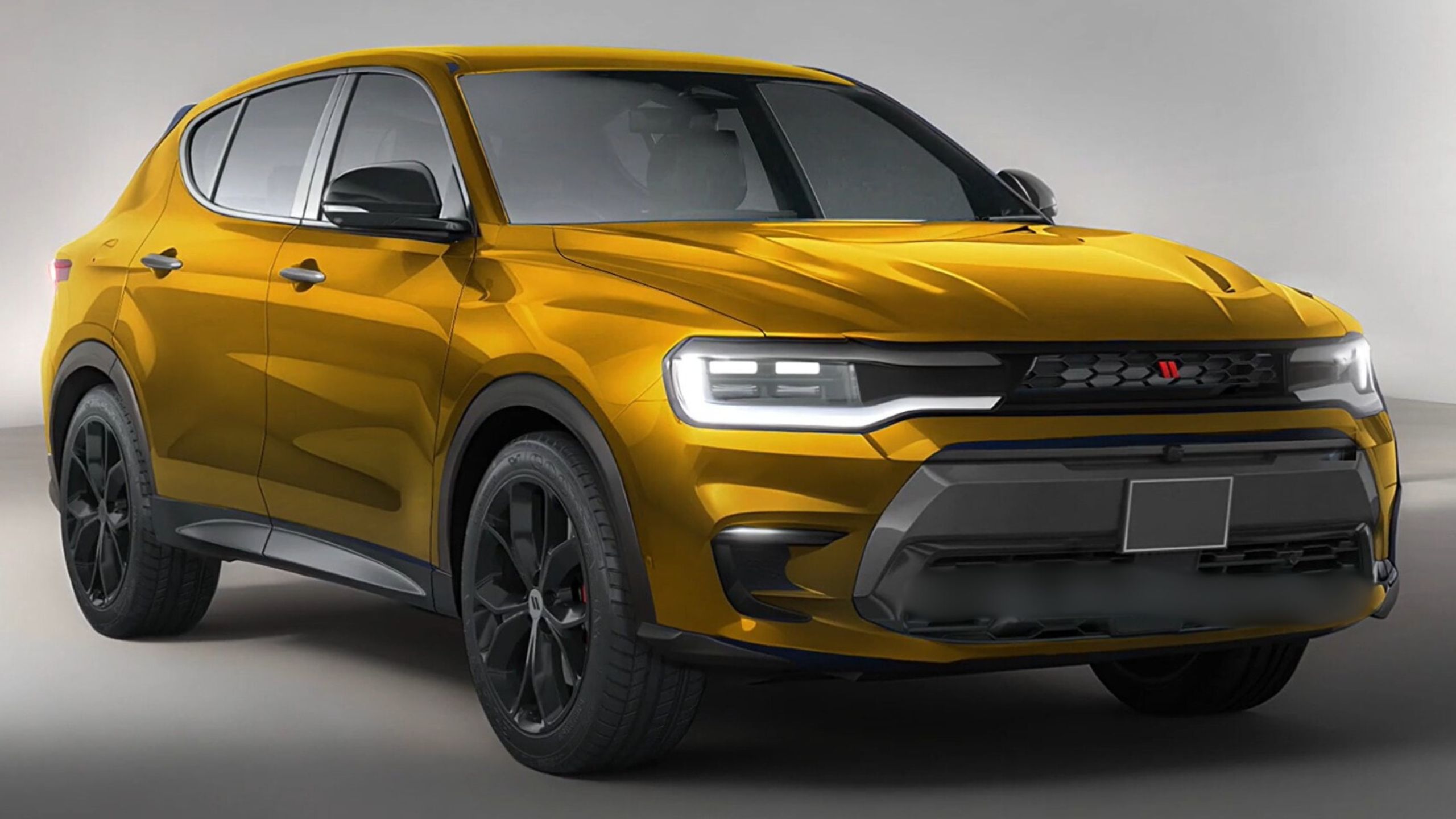Dodge is in the midst of a major shift towards electric vehicles (EVs), a transition that even top executives acknowledge presents challenges in convincing former Hemi V8 enthusiasts to embrace electric power or opt for downsized engines like the 3.0-liter Hurricane inline-six turbo mills.
The eighth generation Dodge Charger, available in all-electric Daytona and ICE-powered Sixpack variants, is set to replace both the previous Charger iteration and the Challenger sibling. This streamlined lineup will feature just three model lines: Hornet, Charger, and Durango.

The Durango is slated for an all-new generation release in 2025 or 2026, with the company initiating a ‘Last Call’ for its Hemi V8-equipped variants. Anticipated to adopt all-electric powertrains and offer the 3.0-liter Hurricane as a downsized ICE alternative, the mid-size crossover SUV is poised for transformation.
As for the base Hornet, this compact crossover SUV made its debut in August 2022 in Canada and the United States, marking Dodge’s return to the segment after discontinuing the Jeep Liberty-based Dodge Nitro in 2011. The Hornet, a rebadged Alfa Romeo Tonale, is sold alongside its Italian sibling with slight design tweaks, different specifications, and competitive pricing.
Starting at $31,400 for the GT trim with a 2.0-liter Hurricane inline-four engine and $41,400 for the R/T equipped with a 1.3-liter plug-in hybrid powertrain, the Hornet offers options to cater to various preferences.
Despite potential styling differences between the Dodge and Alfa Romeo models, digital car content creators like Dimas Ramadhan are actively engaging in redesigning efforts, ensuring the Hornet stands out with distinctive features inspired by the Ram 1500 REV and larger LED clusters.

